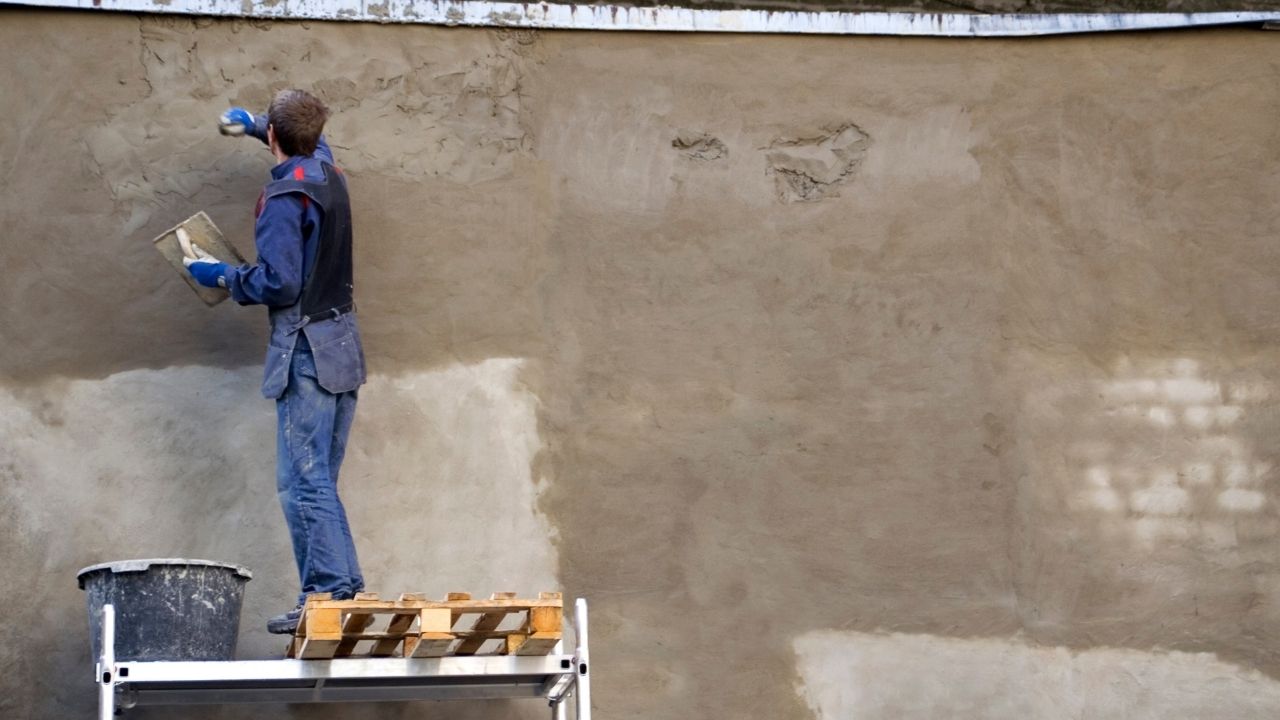Lifestyle
Why Structural Wall Repair is a Must Thing to Do?

By the time, houses grew old. Most of the time complicated environmental changes turn a new house into an old one, and often lead to problems like structural walls damage.
Common Signs of damaged walls
The common signs of damaged walls are
- Cracks on walls
- pierce on walls
- Shifted doors
- Difficulty in opening and closing of doors and windows
When and Why structural wall repair service is necessary?
The above signs are an indication that there are some moisture related issues in the foundations that the walls have shown. A good move is to take them seriously and try to handle them on time. If you don’t do timely repair then it leads to dangerous and expensive ground resetting and rebuilding.
Reasons of Structural Wall Abnormalities
Many reasons cause the walls of a house to get ruined. They are primarily due to imbalanced moisture under the house. A healthy tree near home and its roots can disturb the water level in the soil that leads to its dryness, the leading cause of cracks in walls.
Other issues are the material used on walls. The durability and long-lasting of these materials are a significant point in maintaining these issues. Air gaps created in walls seem to be the problem creator of uneven floor level. The biggest issue to the structure is shifted foundations
Repair of Structural Wall Issues
Here are some repair solutions that are offered by Greenville Foundation Repair agency.
Renovating the wall
Small thin hair-like cracks are seen in walls because of the shrinkage of plaster material. It is a minor problem. Repainting the wall is the simplest thing to do. The peeling wall can be renovated by finishing it with any material you like.
Crack Stitching
Cracks of high width up to less than a quarter of an inch are considered a big problem. In old houses, plasters were the main component of walls with high air space tendencies. The cracks of the width of 5mm and below are sealed nowadays by crack stitching. It is done professionally by hiring people to use a concrete wall form.
Epoxy injections
Epoxy injections are the advanced technology to deal with a wall crack problem. It is beneficial when a crack is in a concrete wall, probably a crawl space wall. The usage is a hundred percent fruitful if there is no water leakage and the surroundings are more strong than concrete. These injections work as a filler for cracks and a superb remedy. Their cure time is very long. However, the experts say epoxy injections use them at low pressure and dry. When mixed with water, don’t give the required result.
Polyurethane injections
Another instant remedy for cracks in walls is Polyurethane injection that works like magic even for the leaking cracks. Its cure time is quick, and they act as a shield bar or resistant to moisture. In this matter, they are preferable to epoxy as their function restricts moisture. They are a remedy for both the structural defects, internal or external. Check it on a cracked wall from both sides, and it can seal that one too.
Lifestyle
From Wealth to Fields: A Billionaire’s Commitment to Small Farmers

In recent years, billionaire Stefan Soloviev has transitioned from the world of New York real estate to the fertile farmlands of the American West.
His journey from urban wealth to rural development showcases a unique dedication to revitalizing small farming communities and transforming the agricultural landscape.
A New Vision for Agriculture
Stefan Soloviev, son of the late real estate tycoon Sheldon Solow, has amassed a considerable amount of farmland across Colorado, Kansas, and New Mexico. Soloviev’s agricultural enterprise, Crossroads Agriculture, spans over 400,000 acres, making him one of the largest landowners in the United States.
This substantial investment is not merely a financial venture; it represents a commitment to supporting and empowering small farmers in these regions.
Soloviev’s approach to farming is characterized by his desire to move away from competitive practices that often leave small farmers struggling. Instead, he emphasizes collaboration and sustainability.
By leveraging his resources, Soloviev aims to create a farming environment where smallholders can thrive alongside larger operations. This philosophy is particularly evident in his strategic acquisition of the San Luis & Rio Grande Railroad, a critical transportation link for agricultural products in the region.
Revitalizing Rural Communities
Soloviev’s impact extends beyond farmland acquisition. His purchase of the San Luis & Rio Grande Railroad at a bankruptcy auction for $10.7 million highlights his broader vision for the agricultural sector.
This railroad, previously owned by Iowa Pacific Holdings, connects the San Luis Valley to the national rail network, facilitating the efficient transport of goods and boosting local economies.
The acquisition is seen as a positive development for the San Luis Valley, with Soloviev’s Colorado Pacific Railroad expected to be more community-focused and supportive of local initiatives compared to the previous owners. This includes potential cooperation with local recreational projects, such as the proposed Heart of the Valley Trail, which aims to integrate rail and trail use for community benefit.
Soloviev’s dedication to the region is also reflected in his willingness to work with local stakeholders to address community needs. His approach contrasts with more traditional, profit-driven business models and underscores his commitment to fostering a sustainable and inclusive agricultural ecosystem.
Building a Sustainable Future
Soloviev’s investment in the Colorado Pacific Railroad and the broader agricultural infrastructure is part of a long-term vision to create a more resilient and sustainable farming community. By improving transportation networks and providing support to small farmers, he hopes to mitigate some of the challenges these farmers face, such as market access and transportation costs.
Moreover, Soloviev’s initiatives are seen as a way to preserve and enhance the rural way of life, which is increasingly threatened by industrial farming and urban encroachment. His efforts to balance economic viability with environmental stewardship demonstrate a nuanced understanding of the complexities of modern agriculture.
In conclusion, Stefan Soloviev’s transition from urban real estate mogul to a champion of small farmers is a testament to his innovative and community-oriented approach.
His significant investments in farmland and infrastructure, coupled with a commitment to sustainability and local engagement, are paving the way for a brighter future for small farmers in Colorado and beyond. Through his efforts, Soloviev is not only transforming
the agricultural landscape but also setting a precedent for how wealth and resources can be used to foster positive change in rural communities.
-

 Tech3 years ago
Tech3 years agoEffuel Reviews (2021) – Effuel ECO OBD2 Saves Fuel, and Reduce Gas Cost? Effuel Customer Reviews
-

 Tech5 years ago
Tech5 years agoBosch Power Tools India Launches ‘Cordless Matlab Bosch’ Campaign to Demonstrate the Power of Cordless
-

 Lifestyle5 years ago
Lifestyle5 years agoCatholic Cases App brings Church’s Moral Teachings to Androids and iPhones
-

 Lifestyle3 years ago
Lifestyle3 years agoEast Side Hype x Billionaire Boys Club. Hottest New Streetwear Releases in Utah.
-

 Tech6 years ago
Tech6 years agoCloud Buyers & Investors to Profit in the Future
-

 Lifestyle4 years ago
Lifestyle4 years agoThe Midas of Cosmetic Dermatology: Dr. Simon Ourian
-

 Health5 years ago
Health5 years agoCBDistillery Review: Is it a scam?
-

 Entertainment5 years ago
Entertainment5 years agoAvengers Endgame now Available on 123Movies for Download & Streaming for Free
